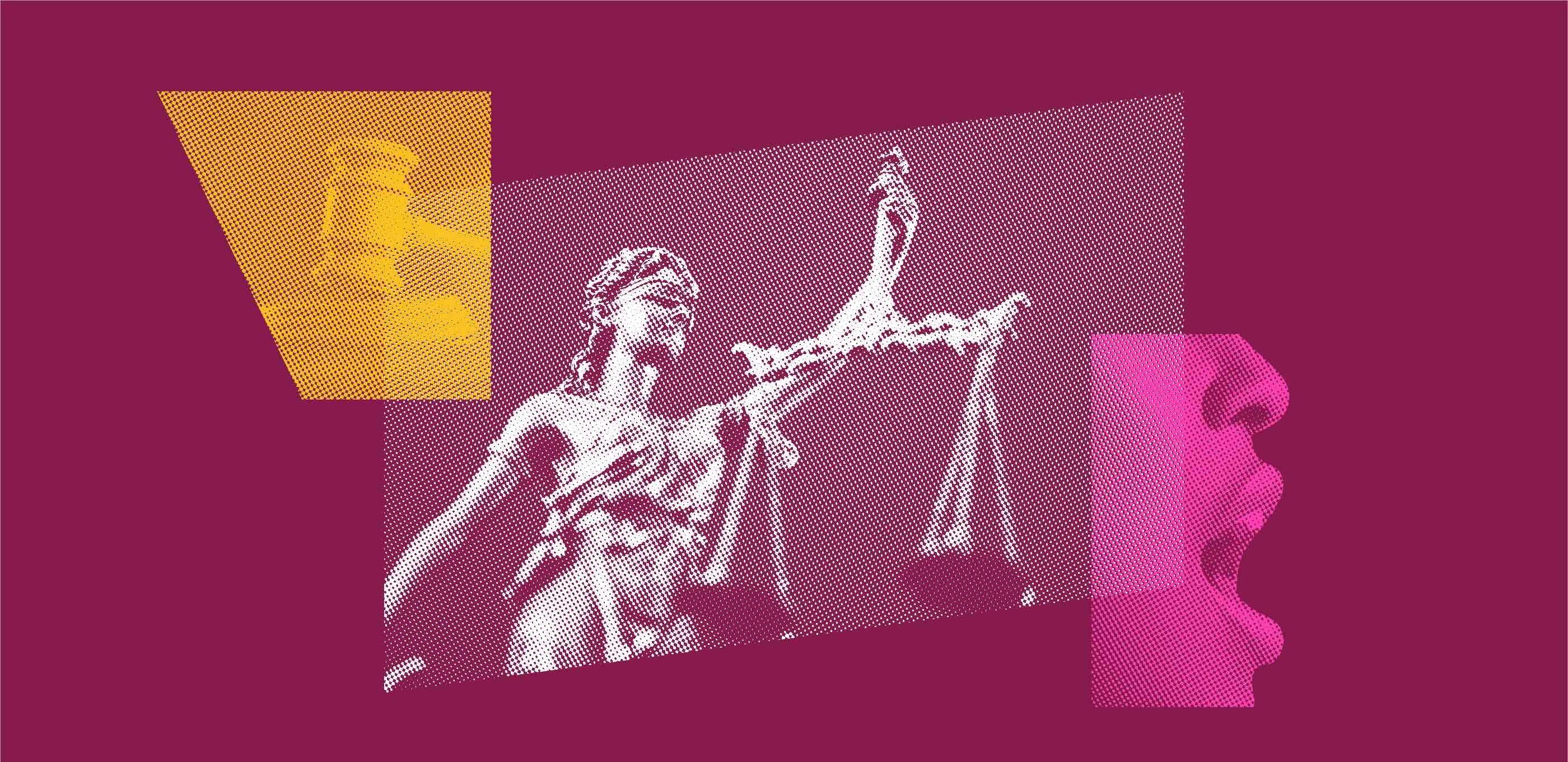
United States v. Tsarnaev
What's at Stake
Whether the district court committed reversible error in excluding mitigating evidence that Dzhokhar Tsarnaev’s older brother had previously committed three brutal murders in the name of jihad, where the defense’s central mitigation theory was that he had acted under his brother’s influence and had a lesser role in the offense.
Summary
In 2013, 19-year-old respondent Dzhokhar Tsarnaev joined his 26-year-old brother Tamerlan Tsarnaev in placing two bombs near the finish line of the Boston Marathon—a grievous and shocking act of terrorism.
In the sentencing phase of a capital trial, defendants are entitled to introduce any evidence in mitigation that might support a jury verdict of life rather than death. Dzhokhar sought to introduce evidence in mitigation that Tamerlan, his older and only brother, had previously enlisted an accomplice to commit a brutal triple murder and robbery on the ten-year anniversary of September 11, 2001. Tamerlan bound, beat, and slit the throats of three men (one a childhood friend) in the name of jihad. This evidence supported Dzhokhar’s core mitigation theory that his older brother was a violent jihadist who influenced him to participate in the Boston Marathon bombings and was more culpable for those crimes. But the district court excluded all mention of it. Dzhokhar was sentenced to death.
Amici—the ACLU, ACLU of Massachusetts, the National Association of Criminal Defense Lawyers (NACDL), and the Rutherford Institute—submitted this brief arguing that the district court’s exclusion of this mitigating evidence violated the Federal Death Penalty Act (FDPA). The FDPA allows relevant mitigation evidence to be excluded only if it creates a “danger of creating unfair prejudice, confusing the issues, or misleading the jury.” We argue that none of those grounds applies here, and the trial court’s exclusion of the evidence was therefore legal error.
The district court excluded this evidence in part because the court considered it a “waste of time” and likely to be “confusing to the jury.” “Waste of time” is not a valid ground for exclusion under the FDPA. And the Government’s concern about a distracting “mini-trial” over the evidence is not a standalone basis for exclusion under the statute, either. And for good reason. Resolving factual disputes core to a mitigation defense at sentencing is not an impermissible “mini-trial”; it is the trial.
The trial court’s “confusion” rationale is also flawed. Determining what happened and whether it supports mitigation is what the jury is for. Under the FDPA, excludable evidence must pose a risk of “confusing the issues.” Issues are confused if the jury uses evidence to draw an impermissible inference. The risk of that here was zero. If the jury credited the evidence, it would have been for the exact—and permissible—purpose for which it was introduced: To show that Dzhokhar acted under Tamerlan’s influence when committing the Boston Marathon bombings.
Legal Documents
-
10/15/2021
United States v. Tsarnaev Amicus Brief
Date Filed: 10/15/2021
Court: Appeals Court (1st Cir.)
Download Document